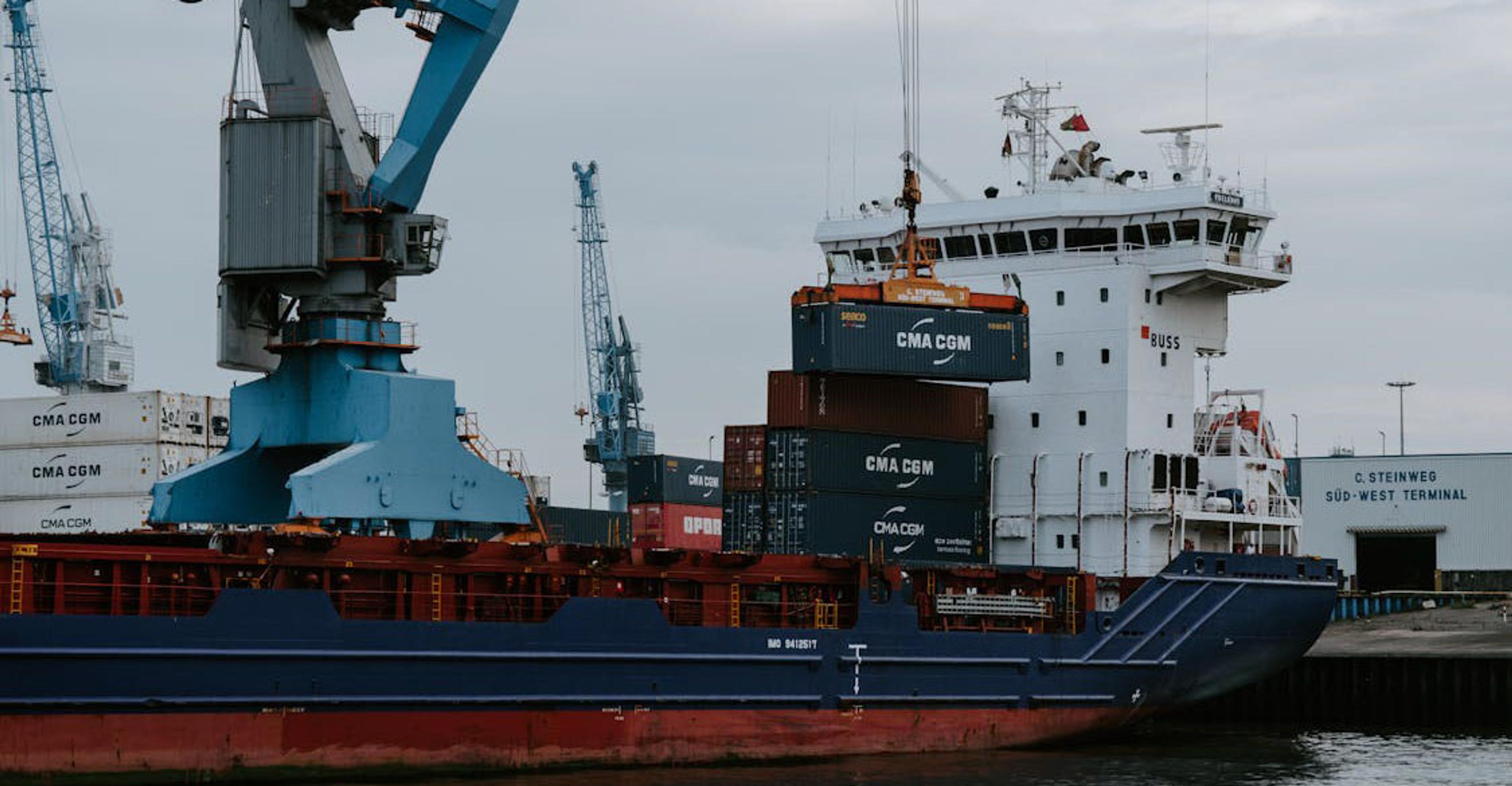ITS Logistics May Port Rail Ramp Index: Potential Canadian Rail Strike Causes Increased Stress at US West Coast

-- ITS Logistics Index reveals Norfolk is experiencing significant rate increases due to Baltimore Key Bridge incident --
RENO, Nev., May 16, 2024 (GLOBE NEWSWIRE) -- ITS Logistics today released the May forecast for the ITS Logistics US Port/Rail Ramp Freight Index. This month, the index reveals Norfolk is reporting significant rate increases in dray and container storage capacity as demand shifts are spreading along the US Eastern Seaboard to absorb Baltimore cargo. There also continue to be inland point intermodal (IPI) container dwell challenges in Los Angeles and Long Beach (LA/LB) ports. In addition, due to the potential Canadian rail strike, more stress will hit the US West Coast as shippers divert containers to the US to avoid potential operational issues.
“All rail operations throughout North America are being moved to a severe concern due to the potential labor disruption in Canada and IPI congestion in LA/LB,” said Paul Brashier, Vice President of Drayage and Intermodal for ITS Logistics. “With the continued container dwell issues in LA/LB and Seattle-Tacoma (SEATAC) due to flatcar imbalance for IPI import freight, Dallas ramp operations for both import and export will be adversely affected because of equipment imbalance.”
Just this week, the Canada Industrial Relations Board (CIRB) chose to review whether a strike by rail workers at Canadian National Railway (CN) and Canadian Pacific Kansas City (CPKC) would jeopardize Canadians’ health and safety. As a result, the review delays a possible strike that would be conducted by operating crews from CN and CPKC that was set to begin as early as May 22. According to RailState, the execution of a strike would expected to delay the shipment of $1 billion worth of goods per day in Canada.
“Canada strikes will negatively impact ramps in the US Midwest and Toronto, as the majority of those containers enter North America through Canadian ports,” continued Brashier. “The best operational plan to avoid these challenges is to terminate imports at the port of entry and use dray off, transload, and one-way trucking to get freight into DC networks.”
ITS encourages shippers and carriers to initiate a similar strategy for exports and book from the port/container yard (CY). One-way truckload, transload close to the port/terminal, and draying into the terminal will avoid delays on the rail. Industry professionals should also consider transportation providers with a multi-mode, North American footprint to execute applicable received requests.
ITS Logistics offers a full suite of network transportation solutions across North America and omnichannel distribution and fulfillment services with two-day reach to 95% of the U.S. population. These services include drayage and intermodal in 22 coastal ports and 30 rail ramps, a full suite of asset and asset-lite transportation solutions, omnichannel distribution and fulfillment, and outbound small parcel.
ContainerAI, the company’s container management and visibility platform, provides users with the ability to track any container diversions and collaborate on multimode solutions. While significant challenges to rail operations throughout North America are underway, visibility milestones for that mode, including ramp operations and trucking, are more important than ever. Transit, ramp availability, and trucking milestones visibility can help mitigate ramp storage and container detention concerns. If utilizing a visibility platform, professionals should ensure that the application has accurate rail visibility data.
The ITS Logistics US Port/Rail Ramp Freight Index forecasts port container and dray operations for the Pacific, Atlantic, and Gulf regions. Ocean and domestic container rail ramp operations are also highlighted in the index for both the West Inland and East Inland regions. Visit here for a full comprehensive copy of the index with expected forecasts for the US port and rail ramps.



